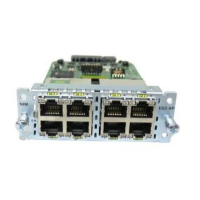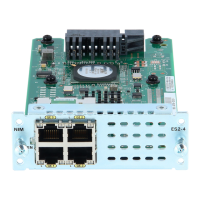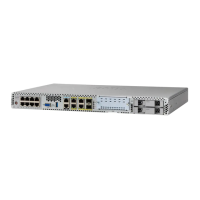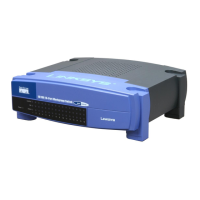Configuring VLANs
Defining VLAN Properties
ESW 500 Series Switches Administration Guide 213
7
• VLAN Name — Displays the VLAN name.
• VLAN Type — Indicates the VLAN type. The possible field values are:
-
Dynamic
— Indicates the VLAN was dynamically created through GVRP.
-
Static
— Indicates the VLAN is user-defined.
-
Default
— Indicates the VLAN is the default VLAN.
• Ports — Indicates that ports are described in the page.
• EtherChannels — Indicates that EtherChannels are described in the page.
• Interface — Displays the interface configuration being displayed.
• Interface Status — Indicates the interface’s membership status in the VLAN.
The possible field values are:
-
Untagged
— Indicates the interface is an untagged VLAN member.
Packets forwarded by the interface are untagged.
-
Tagged
— Indicates the interface is a tagged member of a VLAN. All
packets forwarded by the interface are tagged. The packets contain
VLAN information.
-
Exclude
— Excludes the interface from the VLAN. However, the interface
can be added to the VLAN through GARP.
-
Forbidden
— Denies the interface VLAN membership, even if GARP
indicates the port is to be added.
STEP 2 Select VLAN ID from drop-down list and then EDIT ports.
Modifying VLAN Membership
STEP 3 Click VLAN & Port Settings > VLAN Management > Port to VLAN. The
Port to VLAN
Page
opens:
STEP 4 Click the Edit button. The
Edit Interface Status Page
opens:

